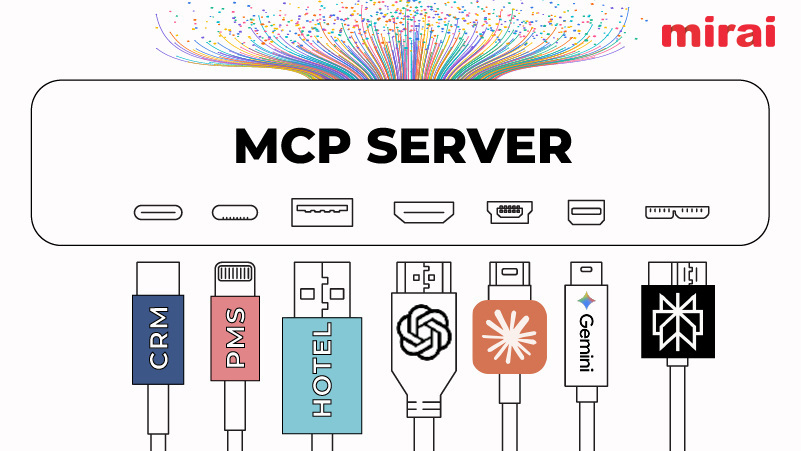
Hotel technology promises clarity, but juggling disconnected systems has become a daily frustration for many hoteliers.
NB: This is an article from Lighthouse
Subscribe to our weekly newsletter and stay up to date
Tools that don’t communicate. Data arriving too late. Critical market insights frequently fail to reach sales, marketing, and revenue teams simultaneously, causing costly delays.
Tech solutions should make your workday smoother – not more fragmented.
But when everyday questions lead to delays, disjointed numbers, and missed opportunities, and the technology stack you already use is hindering rather than helping your business, it’s probably an indication something isn’t working.
Here are five clear signs it’s time to simplify:
1. No one can answer a simple question without a 30-minute data hunt
When commercial leaders sit down to review performance, they often can’t get the full story fast enough. Maybe the pickup report hasn’t been updated. Perhaps last year’s pacing numbers are buried in an old spreadsheet. Or maybe you’re waiting on someone to cross-check figures before you can make a call.
In a recent Lighthouse survey of over 1200 hoteliers from across the globe, almost 1 in 2 pointed to data silos as a major hurdle. With information scattered across various systems, comprehensive analysis becomes impossible. The time spent juggling systems is time not spent on pricing strategy, planning, or improving performance.
2. You’re spending more time fixing data than analyzing it
If your team’s strategy relies on manually pulling reports from your property management system (PMS), checking OTAs like Booking.com and Expedia, and trying to sync data from your channel manager or revenue management system (RMS) and then combining everything in Excel, you’re setting yourself up for failure.
Tech solutions need to support and optimize your processes.
These inefficient workarounds often go unnoticed until critical data is missing, duplicated, or inaccurate where just a single oversight can derail your entire strategy and cause significant losses to your business.
The hours spent cleaning up data in spreadsheets and cross-referencing reports are a huge sap on resources and take away time that could be better spent on big-picture strategies, such as analyzing demand patterns, optimizing distribution channels, and developing upselling programs.
If this sounds familiar, you’re not alone. In the same Lighthouse survey (mentioned above), 49% of revenue managers cited a lack of time to analyze data as their primary challenge, with 79% spending less than three hours a day on analysis.
The sheer volume of data and lack of efficient tools means many revenue managers are spending a disproportionate amount of time on menial tasks, such as creating reports and gathering data across silos, rather than strategic analysis.
When nearly half of revenue professionals say they don’t have enough time for thorough data analysis and a quarter report lack of access to actionable data and the tools to extract it, it highlights a clear gap in technology solutions that address revenue management needs.
The consequence? Manual work drains time from insight – and that cost is paid in missed revenue and ultimately profitability.




